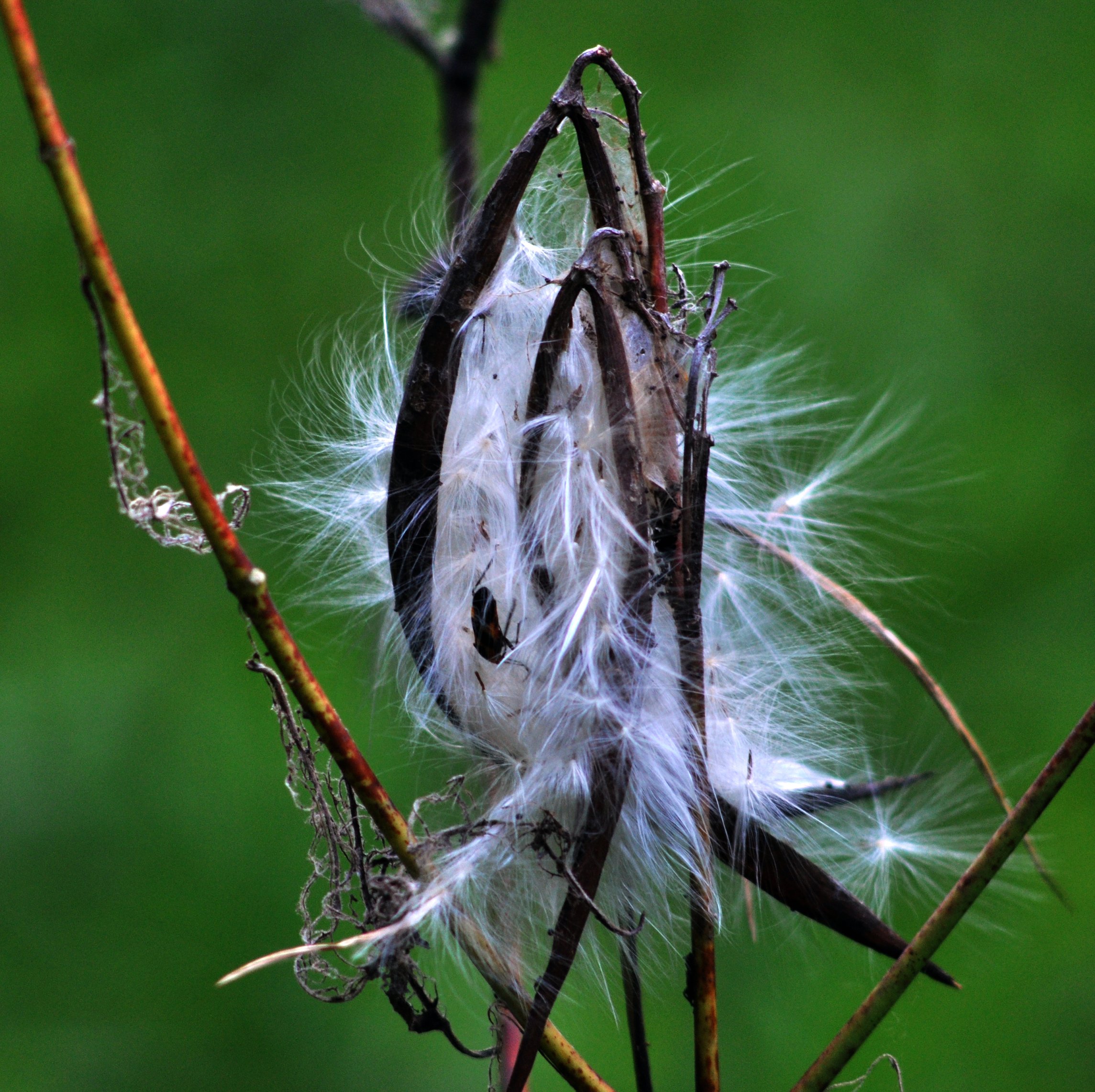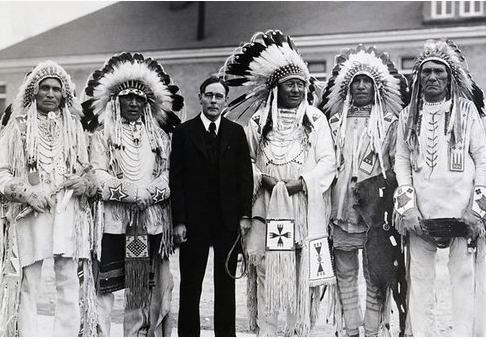|
Gun Lake Indian Tribe
The Match-e-be-nash-she-wish Band of Pottawatomi Indians of Michigan is a federally recognized tribe of Potawatomi people in Michigan named for a 19th-century Ojibwe chief. They were formerly known as the Gun Lake Band of Grand River Ottawa Indians, the United Nation of Chippewa, Ottawa and Pottawatomi Indians of Michigan, Inc.,Petition for Federal Acknowledgment of Match-e-be-nash-she-wish Band of Pottawatomi Indians of Michigan William L. Church, May 16, 1994. and the Gun Lake Tribe or Gun Lake Band."Tribal Council" ''Match-e-be-nash-she-wish Band of Pottawatomi.'' (retrieved 18 Dec 2009) ... [...More Info...] [...Related Items...] OR: [Wikipedia] [Google] [Baidu] |
United States
The United States of America (U.S.A. or USA), commonly known as the United States (U.S. or US) or America, is a country primarily located in North America. It consists of 50 states, a federal district, five major unincorporated territories, nine Minor Outlying Islands, and 326 Indian reservations. The United States is also in free association with three Pacific Island sovereign states: the Federated States of Micronesia, the Marshall Islands, and the Republic of Palau. It is the world's third-largest country by both land and total area. It shares land borders with Canada to its north and with Mexico to its south and has maritime borders with the Bahamas, Cuba, Russia, and other nations. With a population of over 333 million, it is the most populous country in the Americas and the third most populous in the world. The national capital of the United States is Washington, D.C. and its most populous city and principal financial center is New York City. Paleo-Americ ... [...More Info...] [...Related Items...] OR: [Wikipedia] [Google] [Baidu] |
Treaty Of Chicago
The Treaty of Chicago may refer to either of two treaties made and signed in the settlement that became Chicago, Illinois between the United States and the Odaawaa (anglicized Ottawa), Ojibwe (anglicized Chippewa), and Bodéwadmi (anglicized Potawatomi) (collectively, Council of Three Fires) Native American peoples. The first was in 1821 and the second in 1833. Background In 1795, in a then minor part of the Treaty of Greenville, a Native American confederation granted treaty rights to the United States in a six-mile parcel of land at the mouth of the Chicago River. This was followed by the 1816 Treaty of St. Louis, which ceded additional land in the Chicago area, including the Chicago Portage. 1821 Treaty of Chicago The first treaty of Chicago was signed by Michigan Territorial Governor Lewis Cass and Solomon Sibley for the United States and representatives of the Ottawa, Ojibwe, and Potawatomi (Council of Three Fires) on August 29, 1821, and proclaimed on March 25, 18 ... [...More Info...] [...Related Items...] OR: [Wikipedia] [Google] [Baidu] |
Wayland Union Schools
Wayland may refer to: Computers * Wayland (display server protocol), a graphical display system for Unix-like computers Fiction * Jace Wayland, a character in the ''Mortal Instruments'' book series * Wayland (''Star Wars''), a planet in the ''Star Wars'' fictional universe * Turk Wayland, in the ''Rennie Stride'' mystery series by Patricia Kennealy-Morrison Music * Wayland (band), a US rock music band Mythology and folklore * Wayland the Smith, figure from northern European folklore Places United Kingdom * HM Prison Wayland, Norfolk * Wayland, Norfolk * Wayland Wood, near Watton, Norfolk * Wayland Rural District, merged into Breckland District, Norfolk, UK * Wayland's Smithy, a Neolithic site in the UK United States * Wayland, Iowa * Wayland, Kentucky * Wayland, Massachusetts * Wayland, Michigan * Wayland, Missouri * Wayland, New York * Wayland (village), New York * Wayland, Ohio * Wayland Baptist University (Alaska) * Wayland Baptist University (Texas) * Wayland Semin ... [...More Info...] [...Related Items...] OR: [Wikipedia] [Google] [Baidu] |
Fraxinus Nigra
''Fraxinus nigra'', the black ash, is a species of ash native to much of eastern Canada and the northeastern United States, from western Newfoundland west to southeastern Manitoba, and south to Illinois and northern Virginia. Formerly abundant, as of 2014 the species is threatened with near total extirpation throughout its range, as a result of infestation by a parasitic insect known as the emerald ash borer. Description Black ash is a medium-sized deciduous tree reaching (exceptionally ) tall with a trunk up to diameter, or exceptionally to . The bark is grey, thick and corky even on young trees, becoming scaly and fissured with age. The winter buds are dark brown to blackish, with a velvety texture. The leaves are opposite, pinnately compound, with 7–13 (most often 9) leaflets; each leaf is long, the leaflets long and broad, with a finely toothed margin. The leaflets are sessile, directly attached to the rachis without a petiolule. The flowers are produced in sprin ... [...More Info...] [...Related Items...] OR: [Wikipedia] [Google] [Baidu] |
Snowsnake
Snow snake is a Native American winter sport traditionally played by many tribes in the Great Lakes region, including the Ojibwe, Sioux, Wyandotte, Oneida and other Haudenosaunee people. Play A game of snow snake is played by four teams, called "corners", who compete in trying to throw their wooden "snow snakes" the farthest along a long trough, or track, of snow. The game is divided into rounds, and in a round each team gets four throws. At the end of each round, two points are awarded to the team of the person who made the farthest throw in the round, and one point is awarded for the second farthest throw. Play continues until one of the teams wins, by achieving a certain predetermined number of points (usually 7 or 11). There are two roles on a snow snake team: the Player, and the Goaler. The main role of a Goaler is to craft and maintain a team's wooden "snow snakes" in between games. The Goaler is also tasked with selecting which will be used for each throw during the game ... [...More Info...] [...Related Items...] OR: [Wikipedia] [Google] [Baidu] |
Hemp Dogbane
''Apocynum cannabinum'' (dogbane, amy root, hemp dogbane, prairie dogbane, Indian hemp, rheumatism root, or wild cotton) is a perennial herbaceous plant that grows throughout much of North America—in the southern half of Canada and throughout the United States. It is poisonous to humans, dogs, cats, and horses. All parts of the plant are toxic and can cause cardiac arrest if ingested. Some Lepidoptera feed on this plant, such as a hummingbird moth. Description ''Apocynum cannabinum'' grows up to tall. The stems are reddish and contain a milky latex. The leaves are opposite, simple broad lanceolate, long and broad, entire, and smooth on top with white hairs on the underside. It flowers from July to August, has large sepals, and a five-lobed white corolla. The flowers are hermaphrodite, with both male and female organs. Taxonomy Etymology ''Apocynum'' means "poisonous to dogs". The specific epithet ''cannabinum'', and the common names hemp dogbane and Indian hemp ... [...More Info...] [...Related Items...] OR: [Wikipedia] [Google] [Baidu] |
Basswood
''Tilia americana'' is a species of tree in the family Malvaceae, native to eastern North America, from southeast Manitoba east to New Brunswick, southwest to northeast Oklahoma, southeast to South Carolina, and west along the Niobrara River to Cherry County, Nebraska. It is the sole representative of its genus in the Western Hemisphere, assuming ''T. caroliniana'' is treated as a subspecies or local ecotype of ''T. americana''. Common names include American basswood and American linden. Description The American basswood is a medium-sized to large deciduous tree reaching a height of exceptionally with a trunk diameter of at maturity. It grows faster than many North American hardwoods, often twice the annual growth rate of American beech and many birch species. Life expectancy is around 200 years, with flowering and seeding generally occurring between 15 and 100 years, though occasionally seed production may start as early as eight years. The crown is domed, the branches ... [...More Info...] [...Related Items...] OR: [Wikipedia] [Google] [Baidu] |
Allegan County, Michigan
Allegan County ( ) is a Counties of the United States, county in the U.S. state of Michigan. As of the 2020 United States Census, the population was 120,502. The county seat is Allegan, Michigan, Allegan. The name was coined by Henry Rowe Schoolcraft to sound like a Native American word. Allegan County comprises the Holland, MI Micropolitan Statistical Area, which is included in the Grand Rapids, Michigan, Grand Rapids–Kentwood, Michigan, Kentwood–Muskegon, Michigan, Muskegon, MI Grand Rapids metropolitan area, Combined Statistical Area. It is primarily an agricultural area that is rapidly becoming urbanized as the population centers of Grand Rapids on the northeast and Kalamazoo, Michigan, Kalamazoo to the southeast expand into Allegan County. The county has long been a regional tourist draw, particularly the Tulip Time Festival in Holland and the area along Lake Michigan. The Lake Michigan shoreline has long been a popular place for vacation homes, and that development con ... [...More Info...] [...Related Items...] OR: [Wikipedia] [Google] [Baidu] |
Indian Reorganization Act Of 1934
The Indian Reorganization Act (IRA) of June 18, 1934, or the Wheeler–Howard Act, was U.S. federal legislation that dealt with the status of American Indians in the United States. It was the centerpiece of what has been often called the "Indian New Deal". The major goal was to reverse the traditional goal of cultural assimilation of Native Americans into American society and to strengthen, encourage and perpetuate the tribes and their historic Native American cultures in the United States. The Act also restored to Indians the management of their assets—land and mineral rights—and included provisions intended to create a sound economic foundation for the residents of Indian reservations. The law did not apply to the territories—including what would become the state of Hawaii, and the state of Alaska—nor did they apply to the state of Oklahoma, which until the McGirt case was regarded as having dissolved its reservations. In 1936 however, the rights of the Indigenous peo ... [...More Info...] [...Related Items...] OR: [Wikipedia] [Google] [Baidu] |
Supreme Court Of The United States
The Supreme Court of the United States (SCOTUS) is the highest court in the federal judiciary of the United States. It has ultimate appellate jurisdiction over all U.S. federal court cases, and over state court cases that involve a point of federal law. It also has original jurisdiction over a narrow range of cases, specifically "all Cases affecting Ambassadors, other public Ministers and Consuls, and those in which a State shall be Party." The court holds the power of judicial review, the ability to invalidate a statute for violating a provision of the Constitution. It is also able to strike down presidential directives for violating either the Constitution or statutory law. However, it may act only within the context of a case in an area of law over which it has jurisdiction. The court may decide cases having political overtones, but has ruled that it does not have power to decide non-justiciable political questions. Established by Article Three of the United States ... [...More Info...] [...Related Items...] OR: [Wikipedia] [Google] [Baidu] |
Wayland, Michigan
Wayland is a city in Allegan County in the U.S. state of Michigan. The population was 4,079 at the 2010 census. The city is located at the northwest corner of Wayland Township, but is politically independent. The city has also incorporated a portion of land in the south of adjacent Leighton Township. U.S. Route 131 forms the western boundary of the city. History About two hundred years ago, the area now known as Wayland, Michigan was inhabited by the Match-E-Be-Nash-She-Wish Band of the Pottawatomi, a Native American tribe in Michigan. The tribe lived in settled villages, hunted game, and farmed and harvested corn and wild rice, in addition to making maple sugar tree sap. The tribe is federally recognized and is headquartered in nearby Wayland Township. It owns the Gun Lake Casino, opened in 2011. The area began changing under pressure of European-American development. By 1826 the land had been surveyed for settlement in United States style. Colonel Isaac Barnes, attracte ... [...More Info...] [...Related Items...] OR: [Wikipedia] [Google] [Baidu] |




